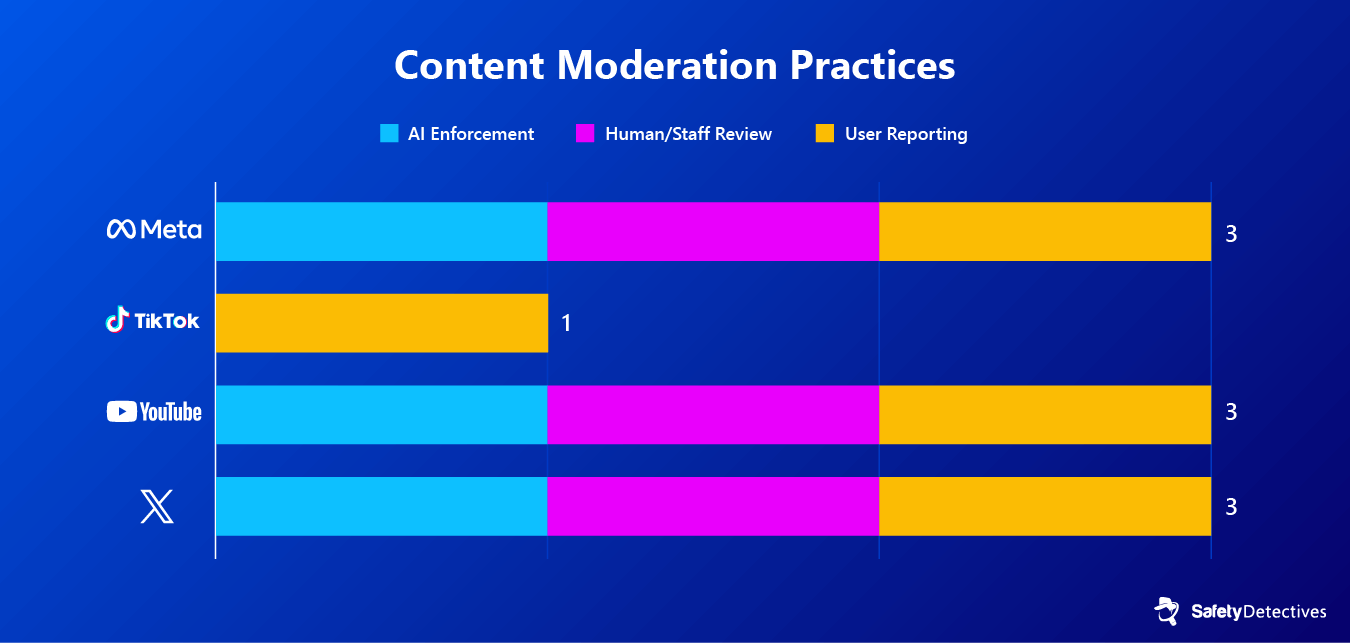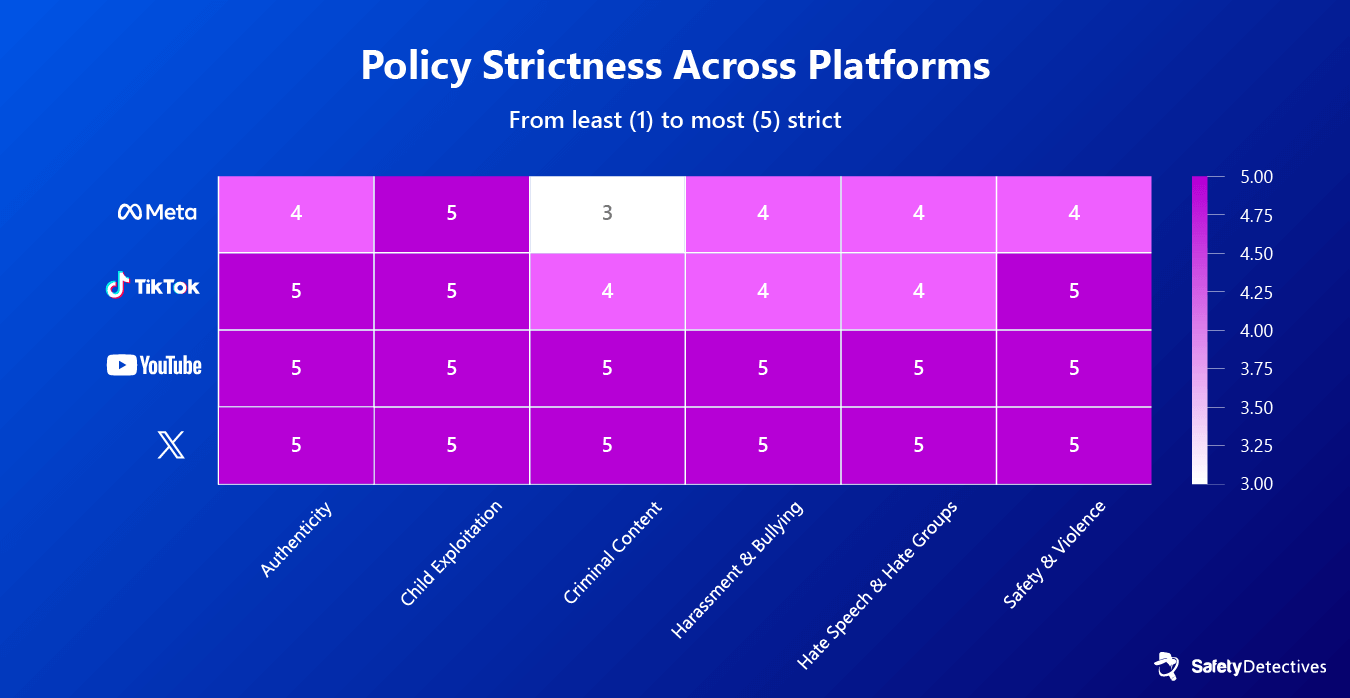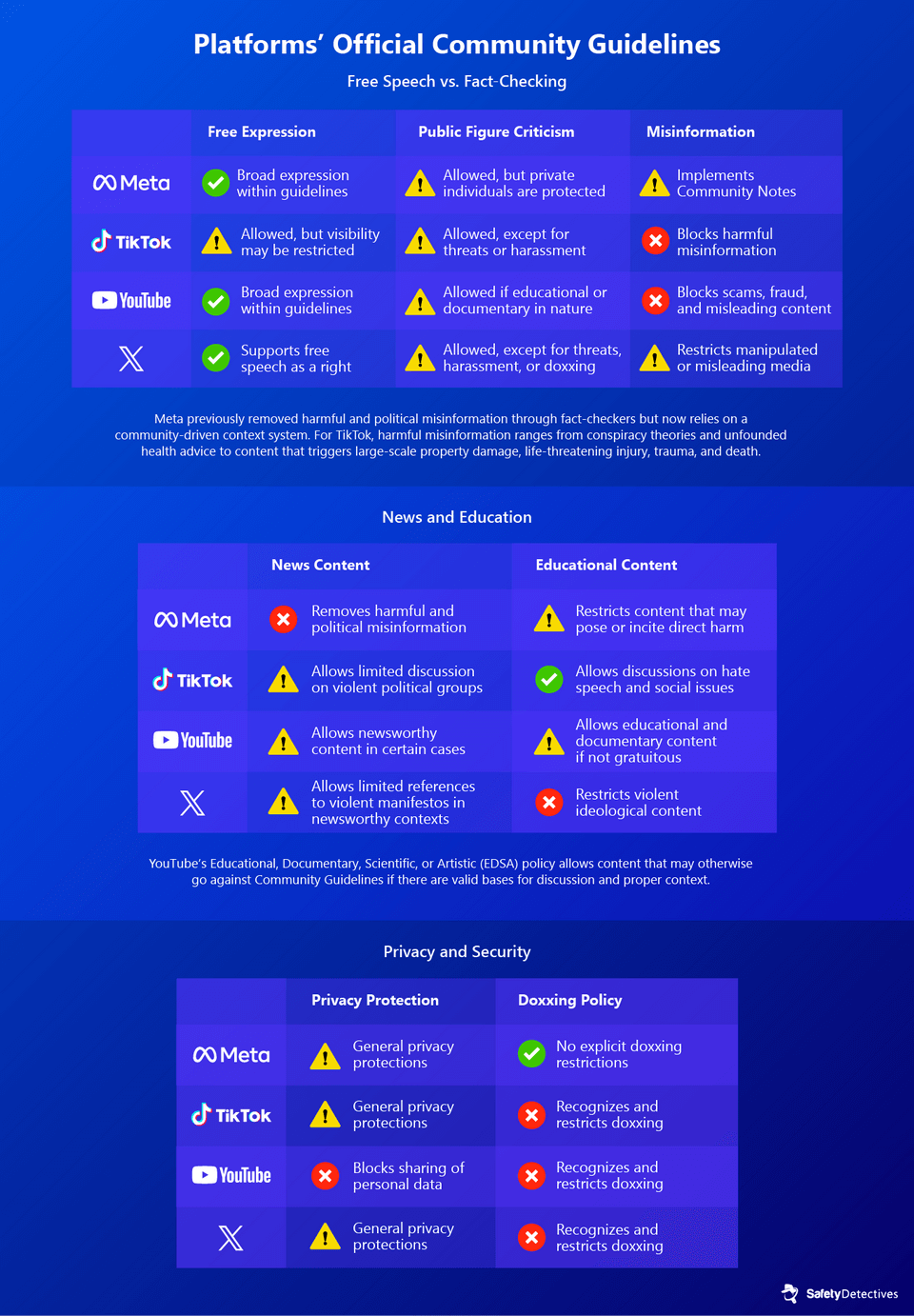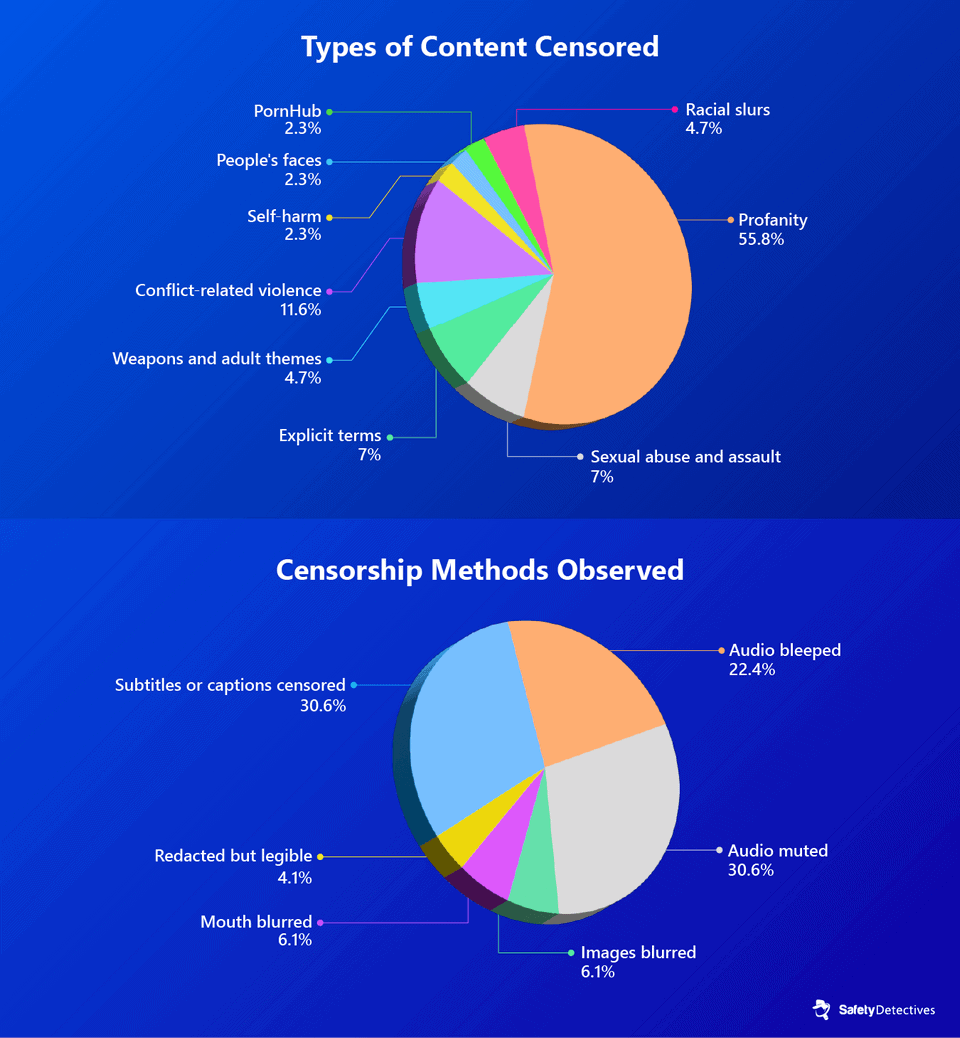Three Democratic senators are sounding the alarm over brain-computer interface (BCI) technologies’ ability to collect — and potentially sell — our neural data. In a letter to the Federal Trade Commission (FTC), Sens. Chuck Schumer (D-NY), Maria Cantwell (D-IN), and Ed Markey (D-MA) called for an investigation into neurotechnology companies’ handling of user data, and for tighter regulations on their data-sharing policies.
“Unlike other personal data, neural data — captured directly from the human brain — can reveal mental health conditions, emotional states, and cognitive patterns, even when anonymized,” the letter reads. “This information is not only deeply personal; it is also strategically sensitive.”
While the concept of neural technologies may conjure up images of brain implants like Elon Musk’s Neuralink, there are far less invasive — and less regulated — neurotech products on the market, including headsets that help people meditate, purportedly trigger lucid dreaming, and promise to help users with online dating by helping them swipe through apps “based on your instinctive reaction.” These consumer products gobble up insights about users’ neurological data — and since they aren’t categorized as medical devices, the companies behind them aren’t barred from sharing that data with third parties.
“Neural data is the most private, personal, and powerful information we have—and no company should be allowed to harvest it without transparency, ironclad consent, and strict guardrails. Yet companies are collecting it with vague policies and zero transparency,” Schumer told The Verge via email.
The letter cites a 2024 report by the Neurorights Foundation, which found that most neurotech companies not only have few safeguards on user data but also have the ability to share sensitive information with third parties. The report looked at the data policies of 30 consumer-facing BCI companies and found that all but one “appear to have access to” users’ neural data, “and provide no meaningful limitations to this access.” The Neurorights Foundation only surveyed companies whose products are available to consumers without the help of a medical professional; implants like those made by Neuralink weren’t among them.
The companies surveyed by the Neurorights Foundation make it difficult for users to opt out of having their neurological data shared with third parties. Just over half the companies mentioned in the report explicitly let consumers revoke consent for data processing, and only 14 of the 30 give users the ability to delete their data. In some instances, user rights aren’t universal — for example, some companies only let users in the European Union delete their data but don’t grant the same rights to users elsewhere in the world.
To safeguard against potential abuses, the senators are calling on the FTC to:
- investigate whether neurotech companies are engaging in unfair or deceptive practices that violate the FTC Act
- compel companies to report on data handling, commercial practices, and third-party access
- clarify how existing privacy standards apply to neural data
- enforce the Children’s Online Privacy Protection Act as it relates to BCIs
- begin a rulemaking process to establish safeguards for neural data, and setting limits on secondary uses like AI training and behavioral profiling
- and ensure that both invasive and noninvasive neurotechnologies are subject to baseline disclosure and transparency standards, even when the data is anonymized
Though the senators’ letter calls out Neuralink by name, Musk’s brain implant tech is already subject to more regulations than other BCI technologies. Since Neuralink’s brain implant is considered a “medical” technology, it’s required to comply with the Health Insurance Portability and Accountability Act (HIPAA), which safeguards people’s medical data.
Stephen Damianos, the executive director of the Neurorights Foundation, said that HIPAA may not have entirely caught up to existing neurotechnologies, especially with regards to “informed consent” requirements.
“There are long-established and validated models for consent from the medical world, but I think there’s work to be done around understanding the extent to which informed consent is sufficient when it comes to neurotechnology,” Damianos told The Verge. “The analogy I like to give is, if you were going through my apartment, I would know what you would and wouldn’t find in my apartment, because I have a sense of what exactly is in there. But brain scans are overbroad, meaning they collect more data than what is required for the purpose of operating a device. It’s extremely hard — if not impossible — to communicate to a consumer or a patient exactly what can today and in the future be decoded from their neural data.”
Data collection becomes even trickier for “wellness” neurotechnology products, which don’t have to comply with HIPAA, even when they advertise themselves as helping with mental health conditions like depression and anxiety.
Damianos said there’s a “very hazy gray area” between medical devices and wellness devices.
“There’s this increasingly growing class of devices that are marketed for health and wellness as distinct from medical applications, but there can be a lot of overlap between those applications,” Damianos said. The dividing line is often whether a medical intermediary is required to help someone obtain a product, or whether they can “just go online, put in your credit card, and have it show up in a box a few days later.”
There are very few regulations on neurotechnologies advertised as being for “wellness.” In April 2024, Colorado passed the first-ever legislation protecting consumers’ neural data. The state updated its existing Consumer Protection Act, which protects users’ “sensitive data.” Under the updated legislation, “sensitive data” now includes “biological data” like biological, genetic, biochemical, physiological, and neural information. And in September, California amended its Consumer Privacy Act to protect neural data.
“We believe in the transformative potential of these technologies, and I think sometimes there’s a lot of doom and gloom about them,” Damianos told The Verge. “We want to get this moment right. We think it’s a really profound moment that has the potential to reshape what it means to be human. Enormous risks come from that, but we also believe in leveraging the potential to improve people’s lives.”
Source: Neurotech companies are selling your brain data, senators warn | The Verge





